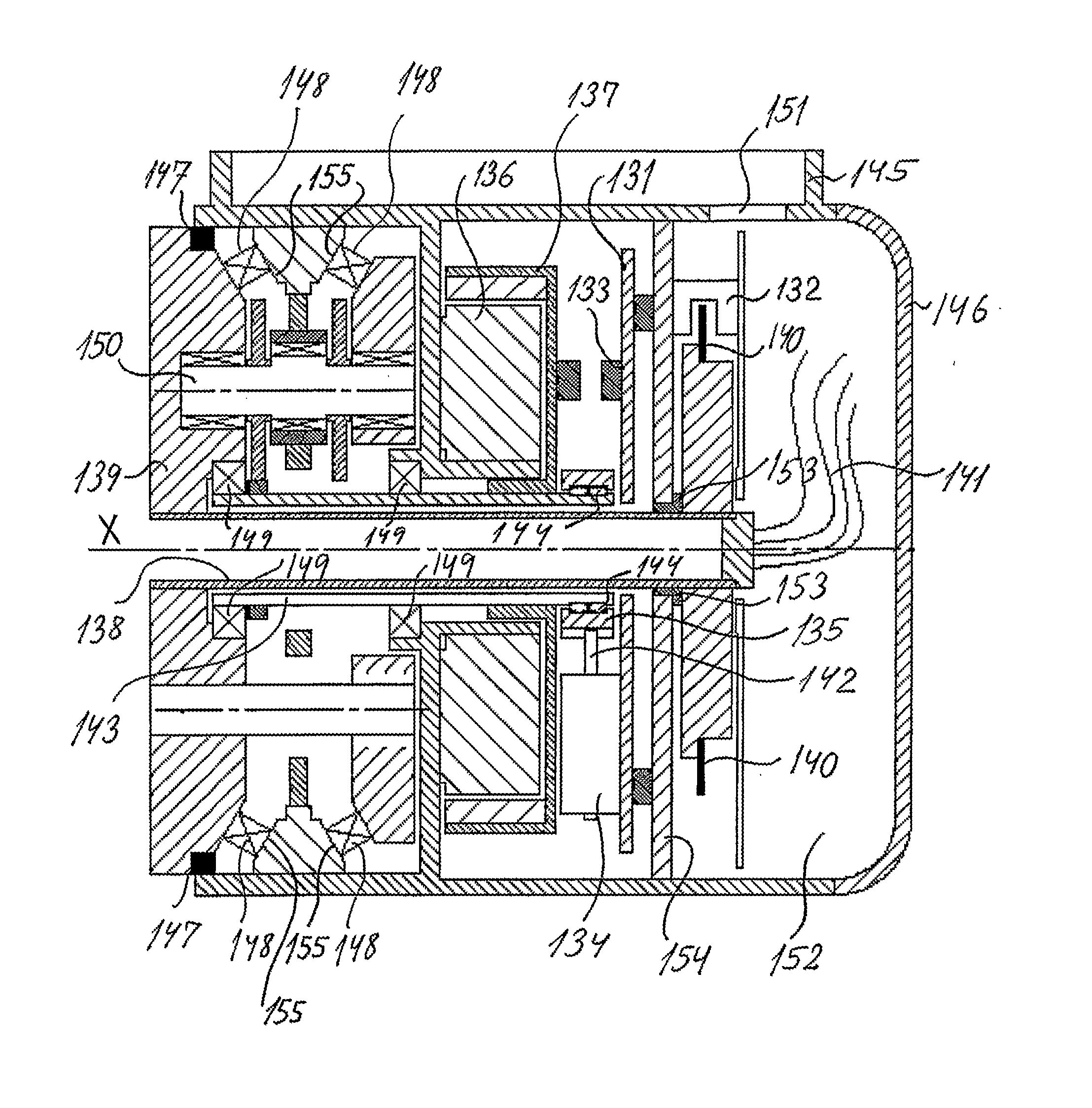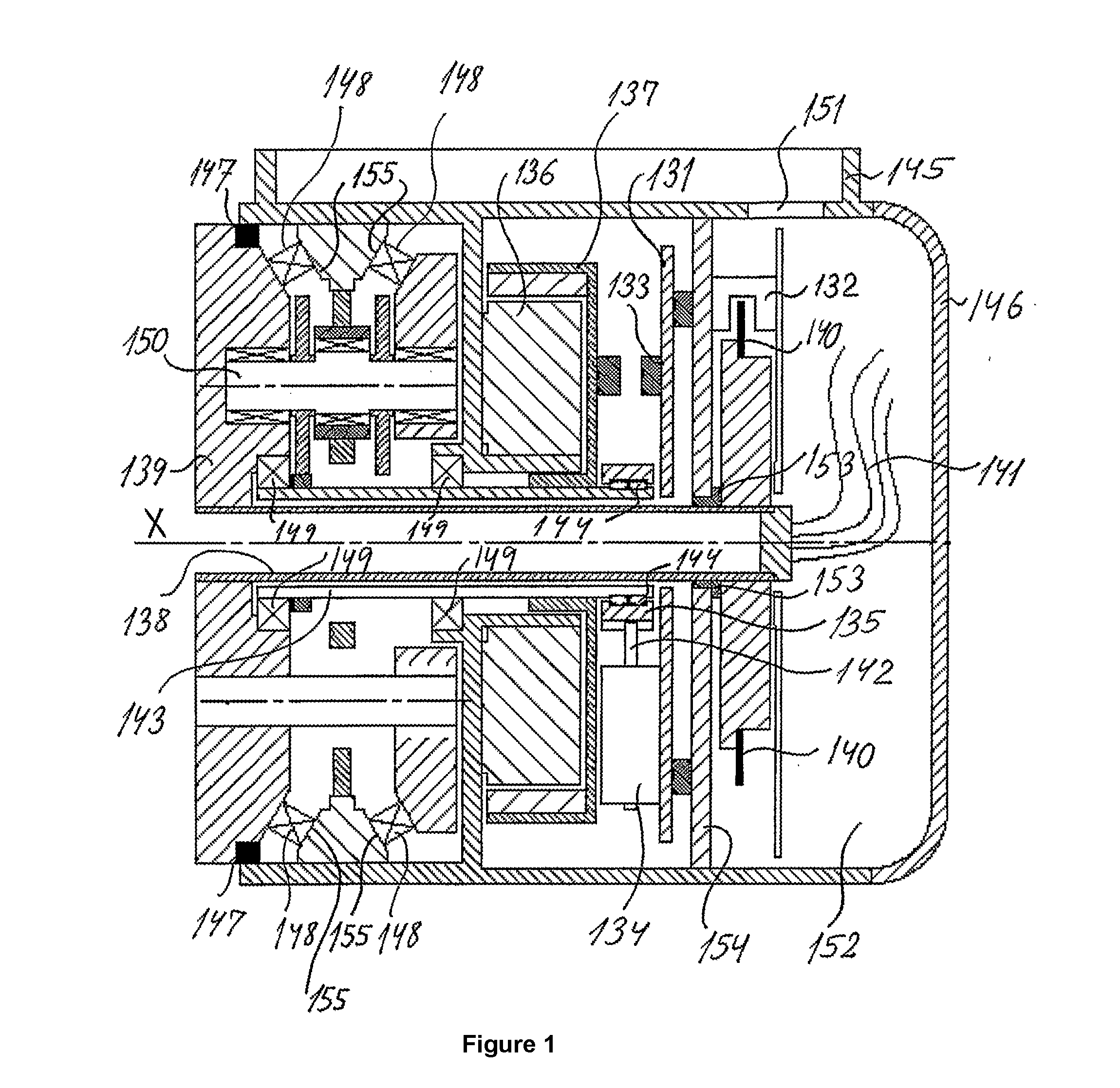Safety system for industrial robot
a safety system and industrial robot technology, applied in the field of robot safety systems, can solve the problems of difficult to estimate the frictional torque with a high precision, important safety issues remain unsolved, and the programming of robots used in the industry requires specialized knowledg
- Summary
- Abstract
- Description
- Claims
- Application Information
AI Technical Summary
Benefits of technology
Problems solved by technology
Method used
Image
Examples
Embodiment Construction
[0072]In accordance with the present invention the system is designed so that no single failure in either software or hardware can cause the robot to become dangerous.
[0073]A common way of realizing this is to have two separate systems for performing the safety functions. Both of these systems can independently shut off power to the robot. Each of these systems can monitor the desired safety parameters. The two systems should be as diverse as possible to avoid common cause failures. These failures could be compiler errors, methodology errors, software bugs, electronics glitches. To overcome this, the two branches of the safety system software is made by two independent teams of programmers, the source code is compiled by different compilers, and run on different microprocessors. The two branches use different hardware to measure the angular positions, and two different ways of cutting off the power supply in case of a failure.
[0074]Since the safety control system utilizes two sensor...
PUM
 Login to View More
Login to View More Abstract
Description
Claims
Application Information
 Login to View More
Login to View More - R&D
- Intellectual Property
- Life Sciences
- Materials
- Tech Scout
- Unparalleled Data Quality
- Higher Quality Content
- 60% Fewer Hallucinations
Browse by: Latest US Patents, China's latest patents, Technical Efficacy Thesaurus, Application Domain, Technology Topic, Popular Technical Reports.
© 2025 PatSnap. All rights reserved.Legal|Privacy policy|Modern Slavery Act Transparency Statement|Sitemap|About US| Contact US: help@patsnap.com


